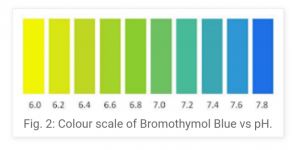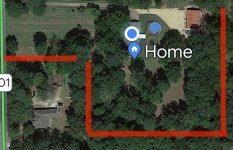- Jun 1, 2018
- 16,012
- Pool Size
- 26000
- Surface
- Vinyl
- Chlorine
- Salt Water Generator
- SWG Type
- Hayward Aqua Rite (T-15)
Anybody here ever use their Taylor kit to test the ph of your soil? I hate to buy something else if i don’t really need to. If this is possible plz gimme the details.







